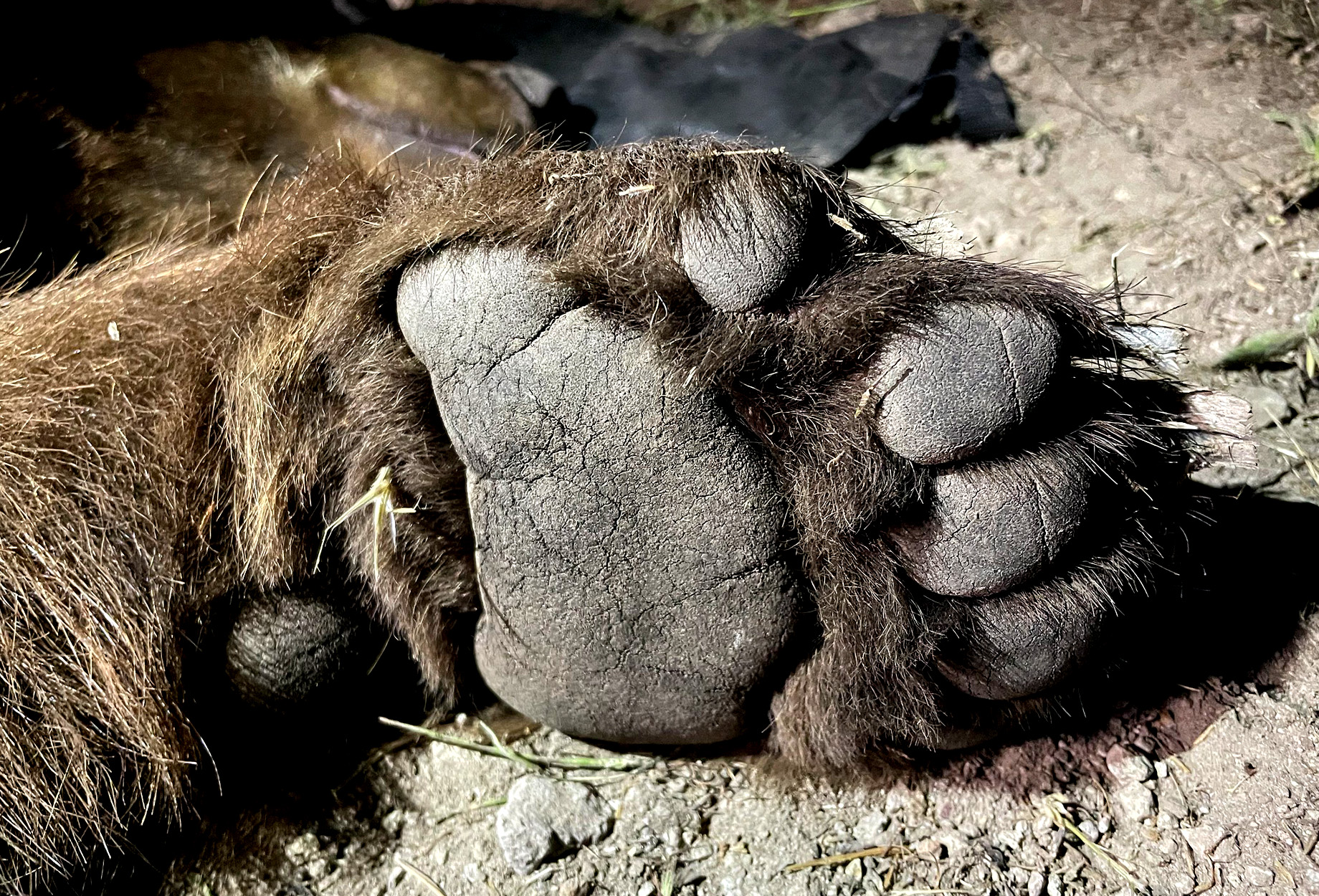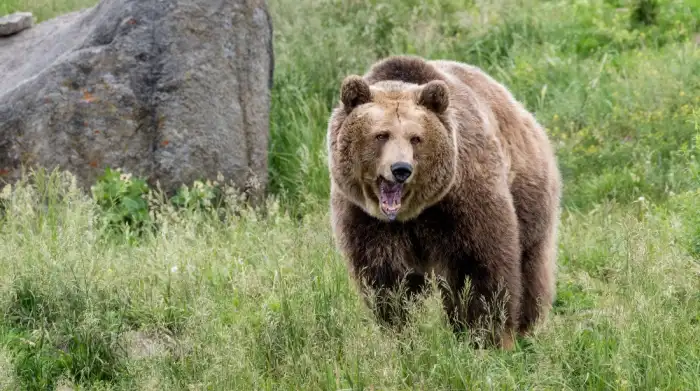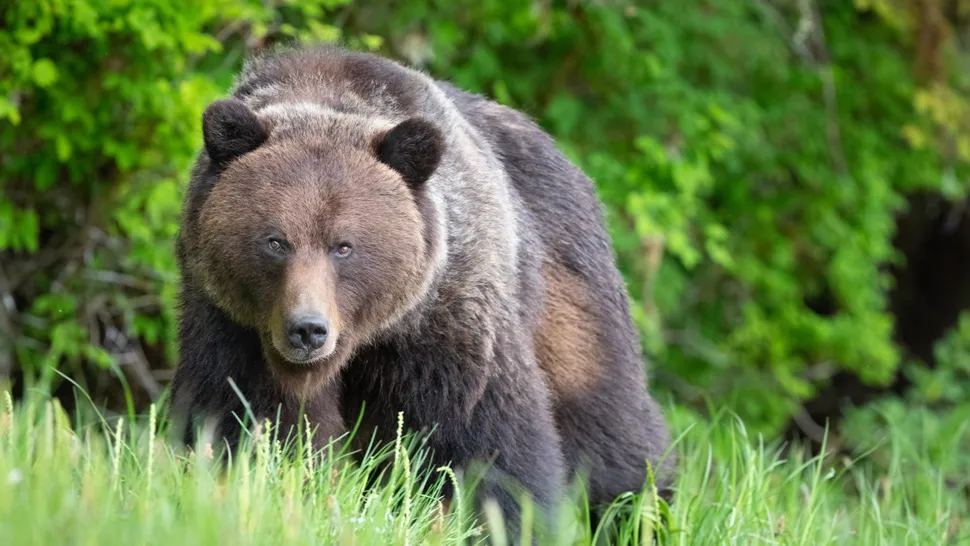More than six months after the death of an elderly woman, California officials are finally shedding some light on what they say is the first confirmed fatal black bear attack in state history. The November attack took place in Downieville and involved 71-year-old Patrice Miller, who was mauled to death in her own home, according to the California Department of Fish and Wildlife. The bear then fed on the victim, which ultimately led to confusion around how the woman had died. For months officials thought the woman may have died of natural causes instead of injuries sustained during the attack.
Although the bear was eventually trapped and euthanized, new details reveal a pattern of miscommunication and delay between local law enforcement and state wildlife officials. For example, it was not immediately clear that CDFW had euthanized the correct bear until late May, even though a bear was euthanized in November. The sheriff also pointed to a series of “bureaucratic problems” that he said prevented law enforcement officers from dealing with the killer bear as soon as possible.
“Upon showing up, [deputies] immediately saw evidence of bear intrusion into the house. The door was broken. There was bear scat on the porch,” Sierra County Sheriff Mike Fisher told KCRA News on Wednesday, referring to the welfare check at Miller’s home that deputies responded to on Nov. 8. By that point, he explained, Miller hadn’t been seen in a few days.
“It appeared that the bear had probably been there several days and had been feeding on the remains,” Fisher said.
The Sierra County coroner’s initial report was that Miller had been mauled posthumously, according to the Mountain Messenger. The SCSO’s press release at the time, which was shared to Facebook on Nov. 14, said officials believed that Miller was already dead when the bear was drawn to her house “by the scent or other factors.”
Within days of when the attack occurred, however, Fisher said his office was already getting calls about a bear returning to Miller’s house, which is located in the heart of Downieville, a small mountain town of fewer than 300 people. He had also learned that Miller had been dealing with an aggressive black bear for some time.
“Bears were constantly trying to get in through broken windows, and [Miller] had physically hit one to keep it from entering the house,” Fisher said of a sheriff’s report that was filed after the attack, and which included testimony from Miller’s daughter. “A bear her mother named ‘big bastard’ was a frequent visitor to the residence.”
Fisher added that Miller’s house “had a lot of bear attractants,” including cat food, which she’d been putting out on her front porch. This might help explain why officials were hesitant to rule the 71-year-old woman’s death as the result of a bear attack — it seemed consistent that a human-conditioned bear simply found her body. But Fisher said this hesitation, along with other agency red tape, also caused unnecessary delays. When he filed a request with CDFW to trap and euthanize the bear, they told him the request had to come from a tenant or property owner.
“I had to relay several times that [the tenant] was deceased and had been eaten by a bear,” said Fisher. When he learned Miller had been renting, he reached out to the landowner to secure a depredation permit. A bear was then trapped on the property, but Fisher said this “began a whole second drawn-out issue,” as officials initially thought they caught the wrong bear (a female instead of a male) and wanted to release it.
“I told the trapper I was seizing his trap and seizing the bear, and we placed a padlock on the bear trap,” Fisher said. “Ultimately, the biologist got here and tranquilized the bear. Once the bear was asleep, we opened up the cage, and it was a male bear.”
That bear was euthanized. It wasn’t until months later that an autopsy showed that Miller was mauled to death by a bear. Fisher said this new information led to another concern, as he started to worry if they’d killed the right bear back in November. CDFW finally allayed these concerns on May 22, notifying Fisher of DNA results showing that the euthanized bear was the same one that killed and ate Miller.
Black bears are the most common bear species in North America, which is home to roughly 600,000 of them. Conflicts between black bears and human are fairly common, especially in places like Lake Tahoe where many bears have become habituated to people and seek out human food. Fatal attacks on humans are rare, however, and most of these conflicts involve stolen food or damaged property, as black bears are more likely to run away from a person than maul them.
California is a case in point. Wildlife officials there recorded more than 1,500 bear-human conflicts per year in 2021 and 2022, according to CDFW’s most recent Black Bear Conservation Plan, but they hadn’t ever recorded a fatal black bear attack until the Downieville incident in November.
“It’s a big deal,” CDFW spokesperson Pete Gonzalez told reporters . “That doesn’t happen in California.”
This article by Dac Collins was first published by Outdoor Life on 7 June 2024. Lead Image: Wildlife officials confirmed that the black bear they trapped and euthanized in November is the same one that killed Patrice Miller. Photo by NPS.
What you can do
Help to save wildlife by donating as little as $1 – It only takes a minute.







Leave a Reply